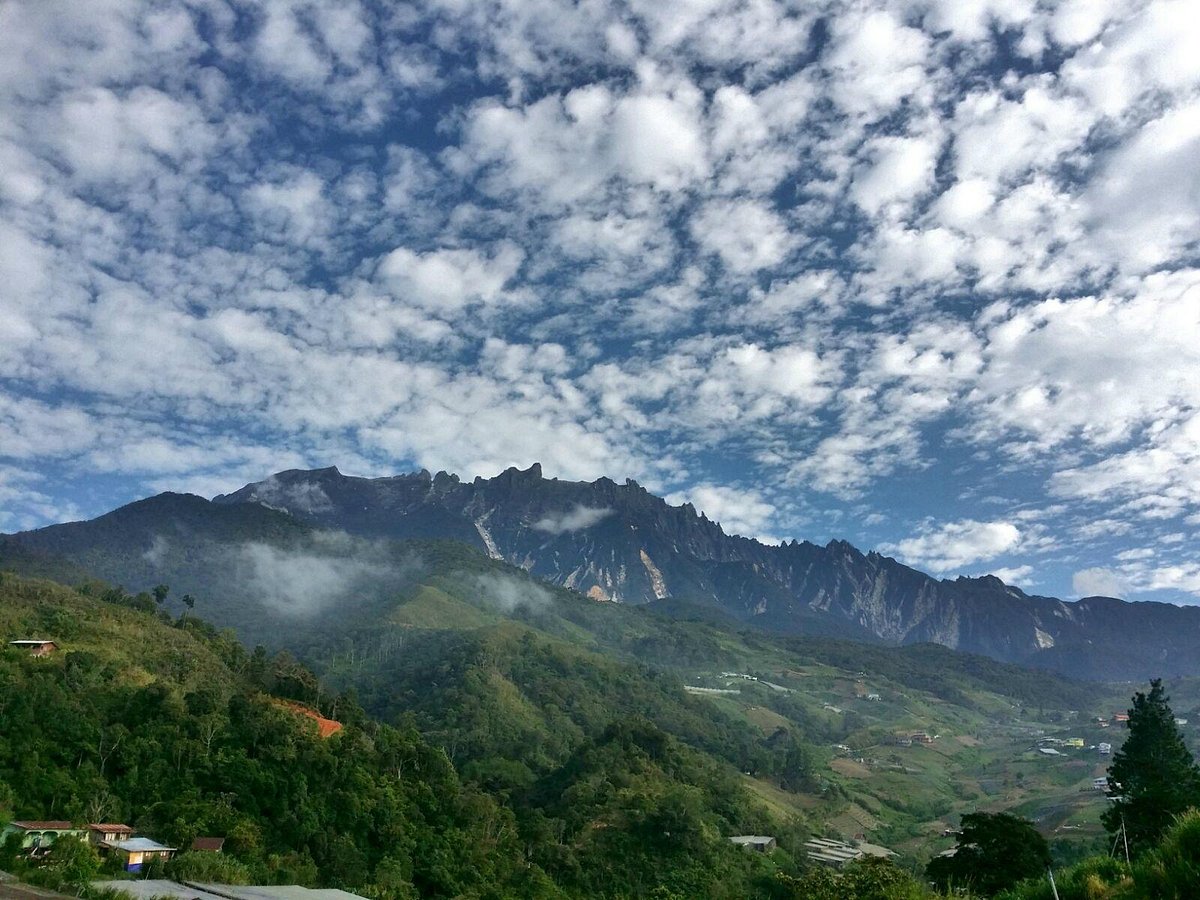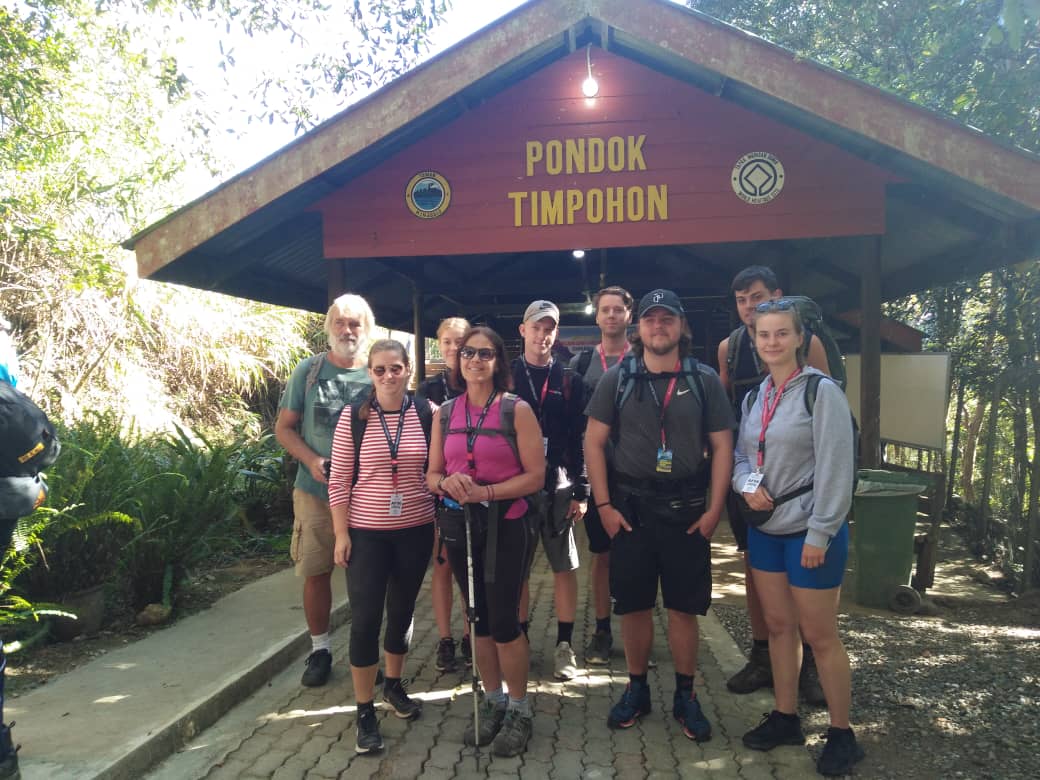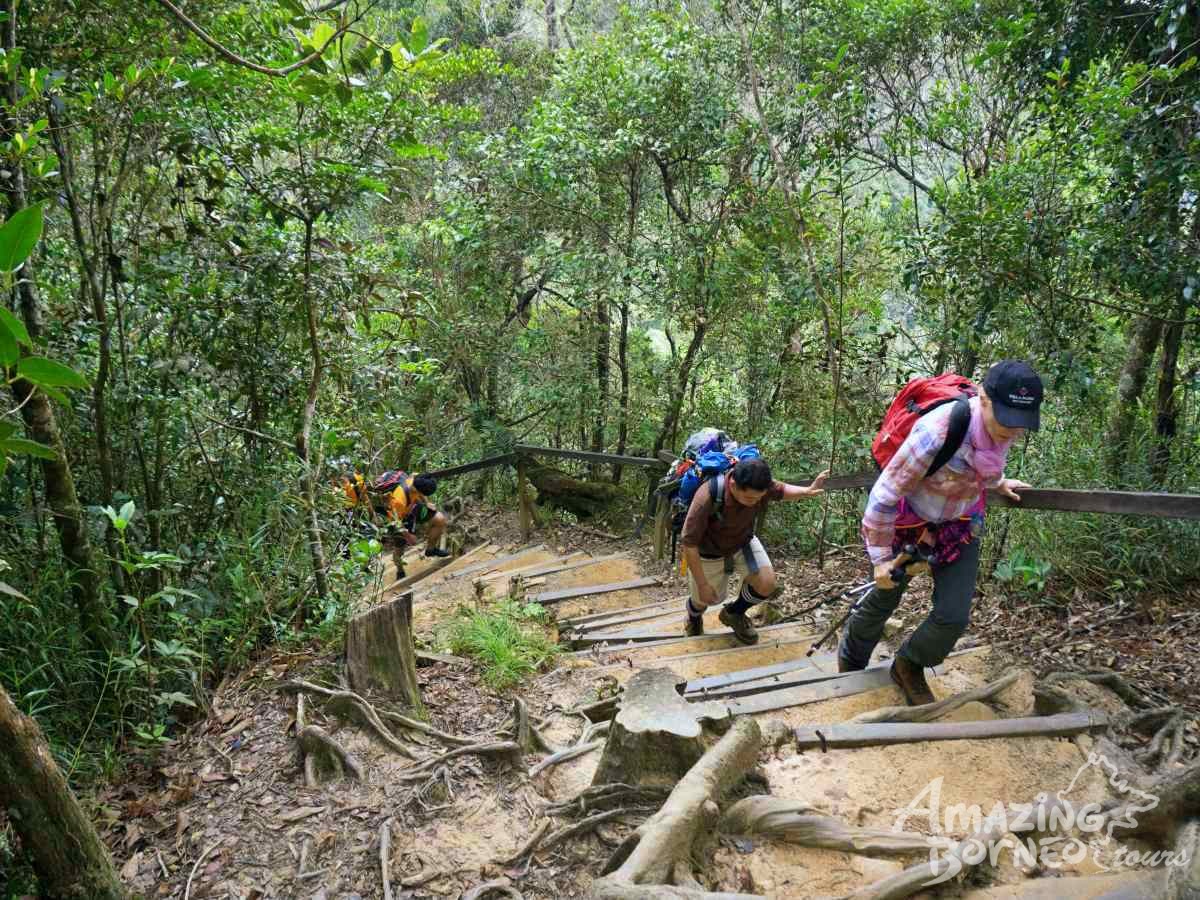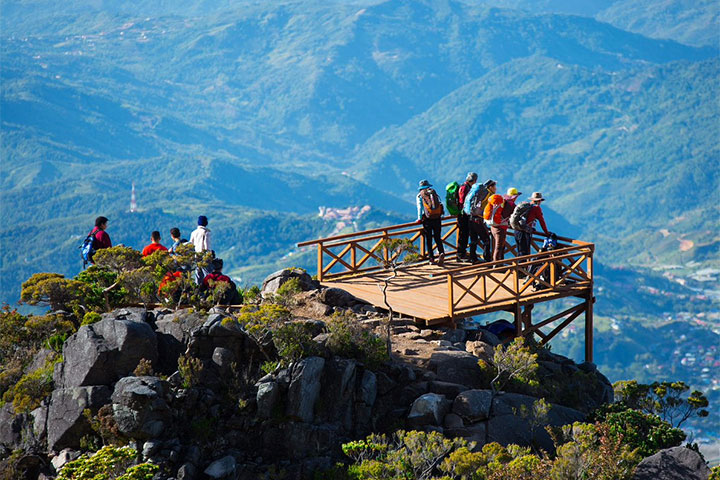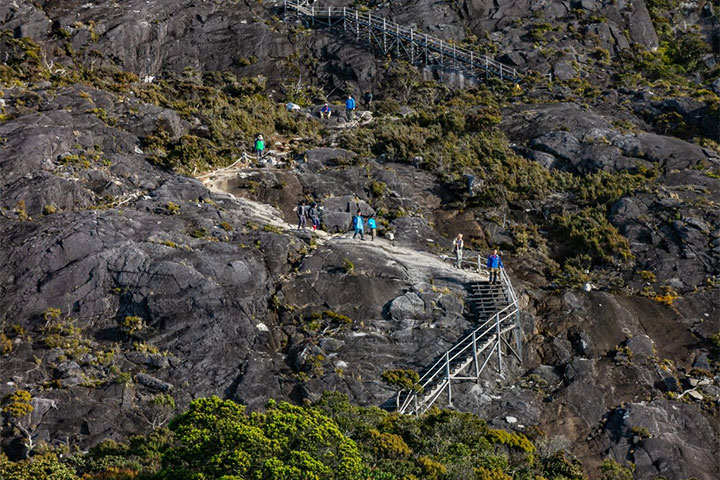About Mount Kinabalu
Mount Kinabalu, located in Sabah, Malaysia, is the highest peak in Borneo and a UNESCO World Heritage Site. Standing at 4,095 meters (13,435 feet) above sea level, it offers breathtaking views and unique biodiversity.
The mountain is known for its diverse ecosystems, from tropical lowland rainforests to alpine meadows, making it a paradise for nature lovers and adventure seekers alike.
A recent botanical survey of the mountain estimated a staggering 5,000 to 6,000 plant species (excluding mosses and liverworts but including ferns), which is more than all of Europe and North America (excluding tropical regions of Mexico) combined. It is therefore one of the world’s most important biological sites.
